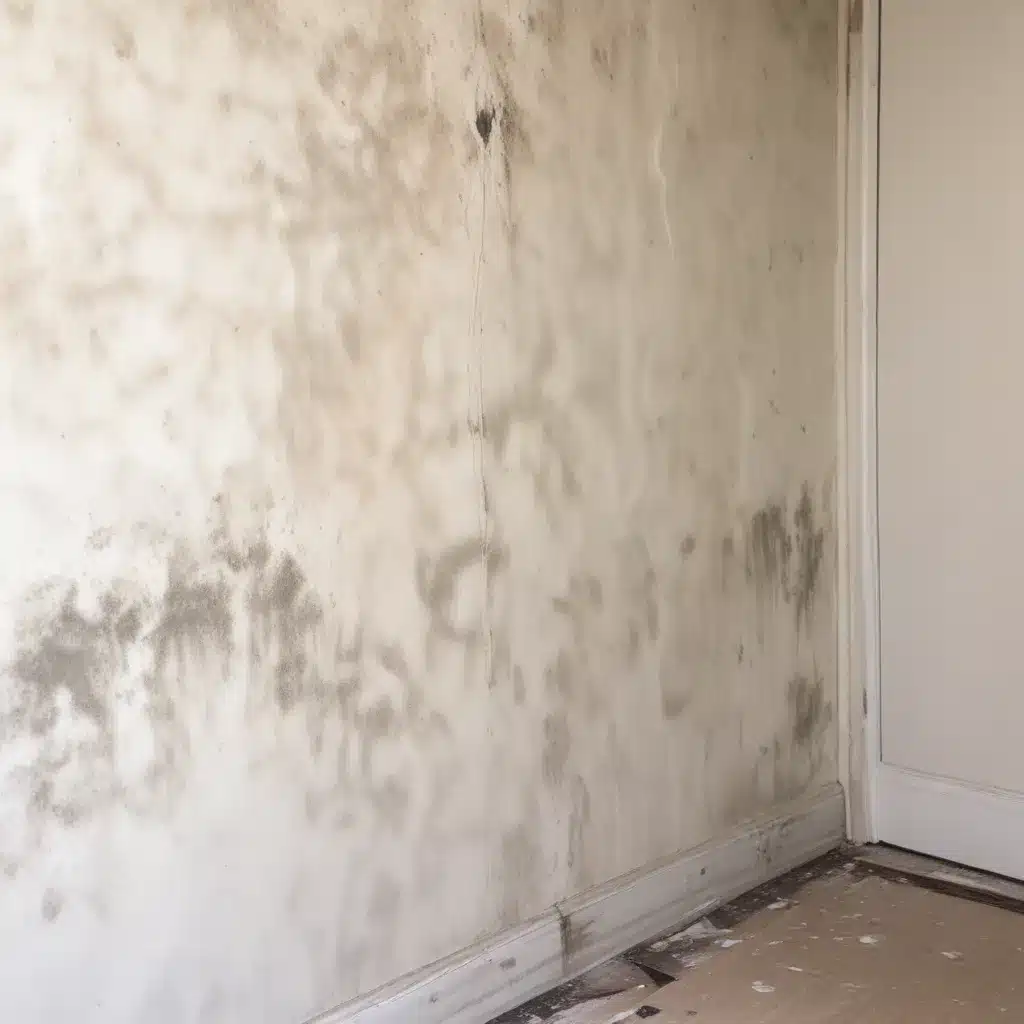
Tackling Mold: My Firsthand Experiences as a Water Damage Restoration Expert
As a seasoned water damage restoration specialist in Orlando, I’ve had the privilege of witnessing the resilience and determination of countless homeowners who have faced the daunting challenge of mold removal. Mold can be a persistent foe, but with the right knowledge and approach, it can be conquered. In this comprehensive guide, I’ll share my personal experiences and insights to help you navigate the process of mold remediation, from identifying the problem to ensuring a successful cleanup.
Uncovering the Mold Culprits
Mold thrives in damp, humid environments, and it can strike with surprising speed. I’ve seen it take hold in the aftermath of a flood, a leaking pipe, or even excessive condensation in a poorly ventilated bathroom. The key to effective mold removal is to act quickly, as the longer mold is left unchecked, the more damage it can cause to your property and your health.
One of the most common mold-related challenges I’ve encountered is the hidden nature of the problem. Mold can often lurk behind walls, under floors, or in the nooks and crannies of your home, evading the naked eye. That’s why it’s crucial to be vigilant, regularly inspecting your home for any signs of moisture or musty odors, which can be early indicators of a mold infestation.
Assessing the Damage: DIY or Professional Intervention?
The size and scope of the mold problem are crucial factors in determining whether a DIY approach or professional intervention is the best course of action. For smaller, isolated patches of mold, homeowners can often tackle the cleanup themselves by following the EPA’s mold cleanup tips and techniques. However, for larger or more extensive mold issues, it’s generally advisable to enlist the help of a certified mold remediation specialist.
In my experience, trying to tackle a significant mold problem without the proper equipment and expertise can be a risky endeavor. Mold spores can become airborne during the cleanup process, potentially exacerbating health issues for those with respiratory conditions or weakened immune systems. Professional remediators have the training and tools to safely and effectively remove mold, while also addressing the underlying moisture issues that led to the problem in the first place.
Navigating the Insurance Claim Process
One of the most important steps in the mold remediation journey is understanding your insurance coverage. Not all policies are created equal, and some may have specific exclusions or limitations when it comes to mold-related damage. As I’ve learned from working with Dry Effect Restoration, it’s crucial to review your policy carefully and document the mold problem thoroughly, including photographs and written descriptions.
Engaging with your insurance company promptly is also essential. Failure to report the mold issue in a timely manner can jeopardize your claim, so it’s important to act quickly. The insurance company may send an adjuster to assess the damage, and having all the necessary documentation ready can help expedite the process and increase the likelihood of a successful claim.
Choosing the Right Mold Remediation Professionals
When it comes to mold removal, selecting the right remediation company can make all the difference. As I’ve learned, not all contractors are created equal, and it’s important to do your due diligence to ensure you’re working with a reputable and experienced provider.
Look for companies that are certified by industry organizations like the Institute of Inspection, Cleaning and Restoration Certification (IICRC). These professionals have the training and expertise to handle mold safely and effectively, and they can also provide the necessary documentation to support your insurance claim.
Additionally, be sure to ask for references and check reviews to get a sense of the company’s track record and customer satisfaction. A good mold remediation company should be transparent about their process, provide clear timelines and cost estimates, and work closely with you to ensure a successful outcome.
Preventing Future Mold Outbreaks
Once the mold has been successfully removed, the focus shifts to prevention. Maintaining a dry, well-ventilated home is key to keeping mold at bay. This means addressing any underlying moisture issues, such as leaks, high humidity levels, or poor drainage, and ensuring that your home’s ventilation system is functioning properly.
Regular inspections and proactive maintenance can go a long way in preventing future mold outbreaks. Keep a vigilant eye out for any signs of moisture or mold growth, and address them promptly. By staying on top of potential mold-related issues, you can protect your home and your family’s health for years to come.
A Holistic Approach to Mold Remediation
In my experience, the most successful mold remediation efforts take a holistic approach, addressing not just the visible mold but also the underlying causes and potential health impacts. This means working closely with indoor air quality experts, building contractors, and even medical professionals to ensure a comprehensive solution.
By understanding the science behind mold growth and its effects on human health, you can make informed decisions about the best course of action. This could involve everything from improving ventilation and dehumidification to exploring the potential need for mold testing or air quality assessments.
Remember, mold is a persistent foe, but with the right knowledge, resources, and professional support, it can be conquered. By taking a proactive and diligent approach, you can protect your home, your family, and your investment for years to come.
If you’re a homeowner in Orlando dealing with a mold problem, I encourage you to visit the Orlando Water Damage Restoration website to learn more about our comprehensive services and expertise. Together, we can tackle this challenge head-on and ensure a safe, healthy, and mold-free living environment.

